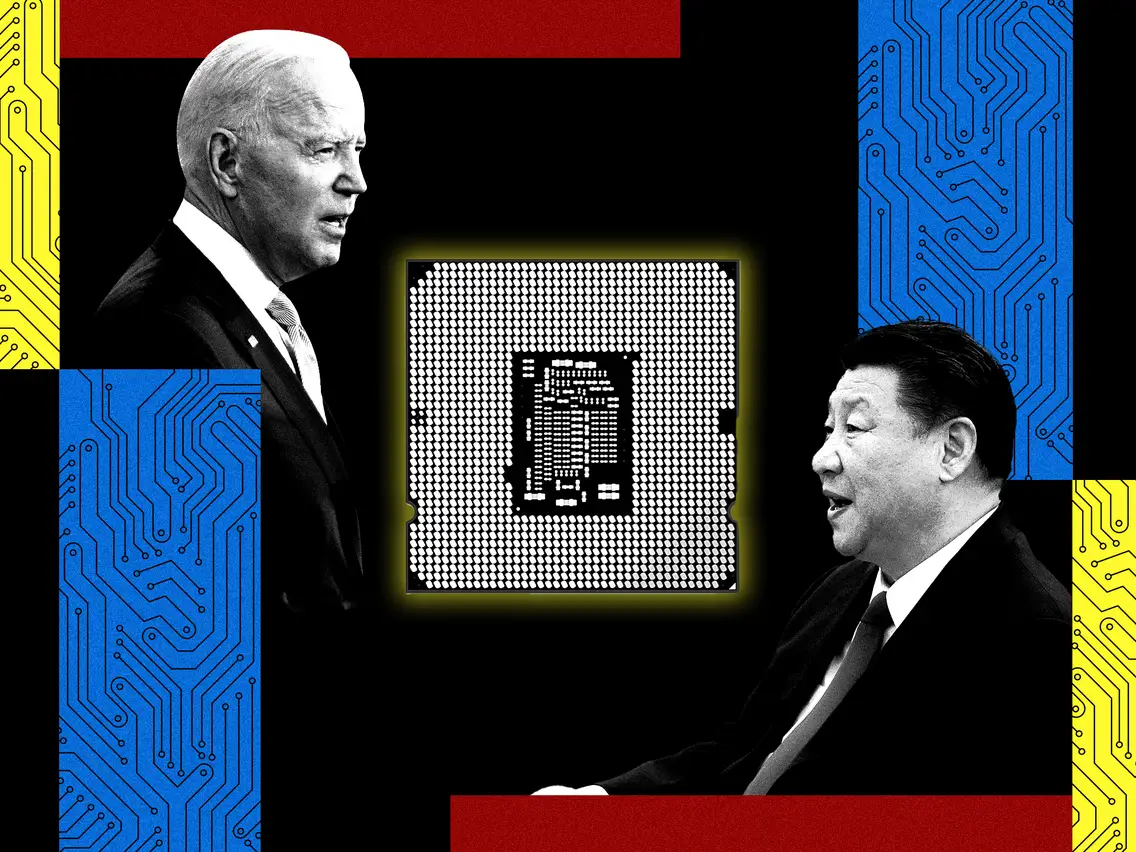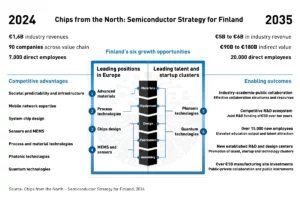Introduction
As tensions between the United States and China continue to escalate, the impact is reverberating across the tech industry, particularly in semiconductor manufacturing. Recent data reveals China Overcoming US Sanctions with 256% Import of chipmaking tools, despite stringent
This influx prompts the question: Can China effectively navigate and overcome these challenges through increased imports? Let’s delve into the implications and possibilities.
Follow us on Linkedin for everything around Semiconductors & AI
The Surge in Imports amidst US Sanctions:
According to data sourced from China Customs and reported by ICSmart.cn and TrendForce, there was a remarkable 256.1% year-on-year increase in imports during January and February, amounting to 32 systems despite US Sanctions.
However, there was a significant decline of 44.8% compared to the previous quarter. The surge in imports can be attributed to the announcement by the Netherlands in June 2023 regarding restrictions on the export of chip manufacturing equipment from ASML.
With these regulations coming into effect on January 1, 2024, Chinese companies hurried to procure lithography systems in the latter part of 2023. These acquisitions resulted in a substantial rise in imports, notably evidenced by a staggering 1,050% surge in November 2023 alone.
5 Key Insights from US Sanctions on China Imports
- China’s imports of lithography systems from the Netherlands surged to $1.057 billion in the first two months of 2024, marking a significant increase compared to the same period last year.
- January saw a remarkable year-on-year increase of 522%, with 20 systems imported valued at $666 million, while February witnessed a 105.9% rise in imports, totaling $390 million with 12 systems brought in.
- The average selling price (ASP) of lithography systems imported from the Netherlands has notably risen, indicating a shift towards higher-priced units designed for trailing nodes. From $10 million per unit in May 2023, the ASP tripled to over $30 million per unit in the first two months of 2024.
- Specific regions in China concentrated import activities, with Shanghai taking the lead at $303 billion, followed by Beijing, Shandong, Sichuan, and Guangdong, together contributing to 78.4% of the total imports.
- Notable companies in these regions include SMIC, Jita, TSMC Shanghai, Hua Hong, Ding Tai Craftsmanship, Shanghai Geke Micro, and Diodes in Shanghai; SMIC, Changxin Storage, Saiwei Electronics, and Yandong Microelectronics in Beijing; Qingdao Xin’En and BYD Jinan in Shandong; Texas Instruments Chengdu in Sichuan; and SMIC, Guangzhou Yuecore, Guangzhou Zengcore, and Runpeng Semiconductor in Guangdong, as reported by JW Insights.
Motivation Behind the Surge: US Sanctions
The surge in imports can be attributed to several factors. Primarily, it stems from the Netherlands’ announcement of export restrictions on chip manufacturing equipment, prompting Chinese companies to expedite their procurement efforts.
The rush to acquire lithography systems intensified in the latter half of 2023, ahead of the regulations taking effect in January 2024.
Read More: 5 Ways Chip Packaging Will Define Next Generation of Chips – techovedas
Implications of Increased Imports: US Sanctions
The substantial increase in imports underscores China’s determination to bolster its semiconductor industry despite external challenges.
With 18 new fabs expected to commence operations in China in 2024, the heightened procurement of chipmaking tools signifies the nation’s strategic push towards technological self-reliance and semiconductor independence.
Read More: Why Cognitive Computing is Considered Future of Artificial Intelligence – techovedas
Impact on Global Semiconductor Landscape:
China’s aggressive procurement strategy could have profound implications for the global semiconductor landscape.
The surge in imports not only highlights China’s resilience in the face of sanctions but also raises concerns about the potential disruption of global semiconductor supply chains.
Furthermore, it underscores the urgency for other nations to reassess their semiconductor strategies and mitigate dependence on a few key suppliers.
Addressing Supply Chain Vulnerabilities:
The concentration of imports in specific regions within China, such as Shanghai, Beijing, Shandong, Sichuan, and Guangdong, indicates the country’s concerted efforts to strengthen local semiconductor ecosystems.
By bolstering domestic chip manufacturing capabilities, China aims to reduce reliance on foreign suppliers and address vulnerabilities in the semiconductor supply chain.
Challenges and Opportunities:
While the surge in imports demonstrates China’s determination to overcome sanctions, significant challenges remain.
The increase in import costs, coupled with rising average selling prices of chipmaking equipment, poses financial hurdles.
Moreover, geopolitical tensions and regulatory uncertainties may impede long-term strategic planning.
However, amidst challenges lie opportunities. China’s aggressive investment in semiconductor manufacturing presents opportunities for collaboration and innovation within the industry.
By fostering partnerships and leveraging technological advancements, China can strengthen its semiconductor ecosystem and emerge as a formidable player in the global market.
Read More:How Much Time does OpenAI’s Sora Takes to Generate 1 Minute Video on NVIDIA H100 – techovedas
Conclusion:
The surge in chipmaking tool imports amidst escalating U.S. sanctions underscores China’s resilience and determination to fortify its semiconductor industry.
While challenges persist, the increased procurement signifies a strategic push towards technological self-reliance and semiconductor independence.



